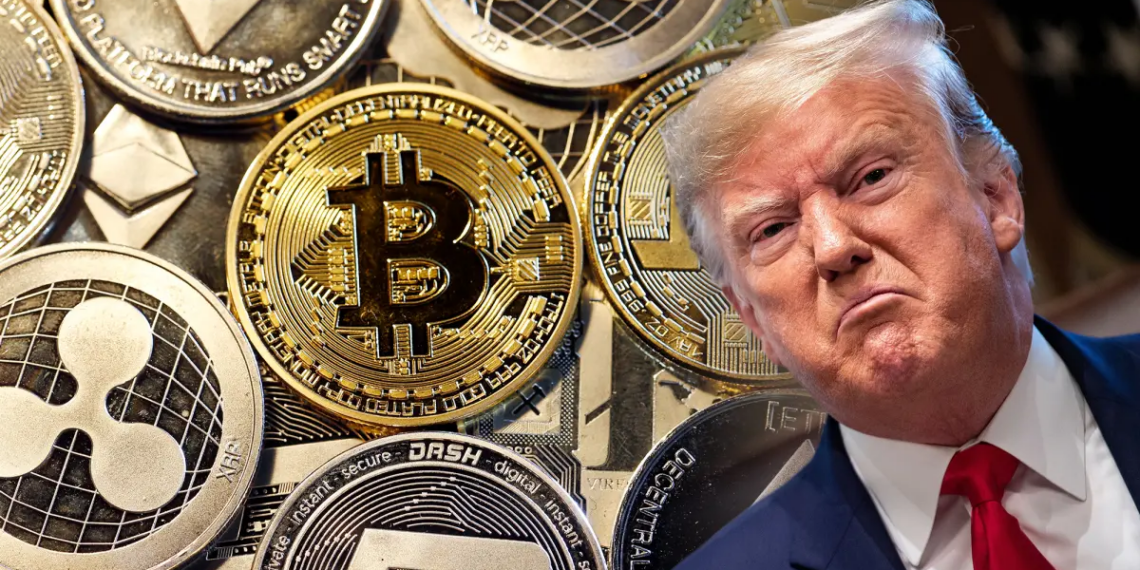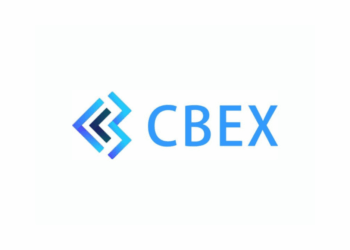In 2023, it is estimated around $2 billion was lost by investors to scams, rug pulls, and hacks and 2024 has seen the emergence of many new scams looking to steal crypto.
This week, a new project backed by Trump, ‘World Liberty Financial’, was attacked when hackers posted an advert for a ‘World Liberty Financial Airdrop’ in the telegram channel, which contained over 230,000 people.
This ad claimed to offer up to $15,000 worth of cryptocurrency for anyone who “connects” their crypto wallet. However, if people were to do this, they may have had their crypto stolen.
Experts at Kryptocasinos.com have provided a guide on the best ways to keep your crypto safe in 2024 and how to spot scams like these.
This attack reminds us that even in legitimate channels, it is always worth checking the validity of links and websites posted, as they may be harmful and could cost you thousands.
1. Do not store your password and seed phrase on the Cloud
For many people, the best and most convenient way to access crypto is through an exchange or a crypto wallet. Cryptocurrency wallets store users’ public and private keys while providing an easy-to-use interface to manage crypto balances.
These exchanges require you to create an account with a password, and wallets give you extra security through the use of a seed phrase.
Seed phrases are a sequence of random words that store the data required to access or recover cryptocurrency on blockchains or crypto wallets.
Hackers will often attempt to steal these in order to gain access to your crypto and steal it.
It is vital that these passwords and phrases are not stored in the cloud or on a device that could potentially be hacked.
Instead, write these down, or get them engraved on a metal card (to protect against water damage or fire) and store them somewhere secure within your property.
Finally, no crypto protocols or their customer support staff will ever ask for this information from you, so if someone asks for it they are trying to steal your crypto.
2. Use a hardware wallet instead of an exchange
If you want to ensure your crypto is completely protected, a hard wallet is the best choice.
This is a device such as a USB thumb drive that securely guards a crypto user’s private cryptographic keys in offline or “cold” storage, ready to be used online to complete a crypto transaction whenever you are ready.
These are much safer than keeping crypto on an exchange; like with the FTX collapse, users lost billions of dollars of crypto stored in their wallets. Hardware wallets ensure that your crypto is safe from hackers and exchange collapses alike.
Pros: Cannot be accessed by anyone online and is completely secure from online attacks, also prevents loss of crypto from exchanges collapsing
Cons: Could be lost or damaged physically, rendering the crypto useless (although some come with backup features now)
3. DYOR – Do your own research
A rug pull is a scam where a cryptocurrency or NFT developer hypes a project to attract investor money, only to suddenly shut down or disappear, taking investor assets with them.
These scams can often be well disguised, which makes them very difficult to spot. Many may be advertised across social media and entice investors through the promise of making lots of money.
This is why it’s important to do your own research before investing your money in any cryptocurrency or NFT.
Here are the things to look out for when thinking of investing in a new or unknown crypto:
- Developers
Investors should consider how credible the team behind the project are. Are they known in the crypto community, and do they have a good or bad track record? Be sure to check the legitimacy of social media accounts.
Have they just been created, or is there a clear history that the person is who they say they are? Anonymous developers are a red flag, and any projects are approached with caution.
Anonymous developers are a red flag and any projects approached with caution.
- Whitepaper
It is important to check the quality of the white paper, this is a document that explains the purpose of a project and how it works.
For a cryptocurrency, the whitepaper is a guide to its technology, features, and goals. If the whitepaper seems vague or doesn’t offer a valued use case or tokenomics then it could be a potential risky investment.
- No liquidity locked
One of the easiest ways to distinguish a scam coin from a legitimate cryptocurrency is to check if the currency is liquidity locked.
With no liquidity lock on the token supply in place, nothing stops the project creators from running off with the entirety of the liquidity.
Investors should also check the percentage of the liquidity pool that has been locked. A lock is only helpful in proportion to the amount of the liquidity pool it secures. Known as total value locked (TVL), this figure should be between 80% and 100%.
- No external audit
It is now standard practice for new cryptocurrencies to undergo a formal code audit process conducted by a reputable third party.
One notorious example is Tether, a centralised stable coin whose team had failed to disclose that it held non-fiat-backed assets.
An audit is especially applicable for decentralised currencies, where default auditing for DeFi projects is a must. However, potential investors shouldn’t simply take a development team’s word that an audit has taken place.
The audit should be verifiable by a third party and show that nothing malicious was found in the code.
4. Verify fake apps and fake crypto exchanges / Don’t connect your wallet to unverified apps
These are a very popular type of scam and target many investors. However, new investors are more likely to be impacted by these as they may be unsure of what to download.
These fake apps can be used to steal money, cryptocurrencies or seed phrases and passwords. The best way to avoid these scams are:
- Never search for crypto apps directly from an app store. Always find the direct download link or redirect link to the app store from the company’s official website or whitepaper.
- Check for the number of app downloads and number of reviews – if these are low, this is a red flag
- Check the developer of the app, this should be verifiable and come from the official company. Check for spelling mistakes and also other apps made by the developer.
- Never connect your wallet to an app that you may be unsure of, if you do, hackers may be able to access and steal your crypto
- If accessing any apps or exchanges through websites, ensure you check the URL is correct, and if you are still unsure, use online website checkers to see if others have reported it as a scam.
5. Extra security measures
Finally, there are some basics that should be adhered to which can protect your day to day date and accounts as well as your crypto.
- Never click links on emails you are unsure of where they originate from.
- Set up Two Factor Authentication (2FA), this means hackers would need your phone to hack you even if they have all your other account details.
- Don’t click popups or links that come up on the internet or social media
- Be cautious of any messages you receive from people who say they can ‘make you money fast’. These have become popular across social media and utilize fake accounts to try and get your money.
A spokesperson from Kryptocasinos.com commented:
“Hacks, scams and rug pulls not only pose a threat to individual investors but cast a shadow on the broader narrative of cryptocurrency as a revolutionary force in finance. They erode trust, stifle innovation, and impede the progress towards a more inclusive and decentralized financial future. Therefore, the task at hand goes beyond personal security; it is a shared responsibility to fortify the foundations upon which the future of finance stands.”
[Featured Image Credit]












